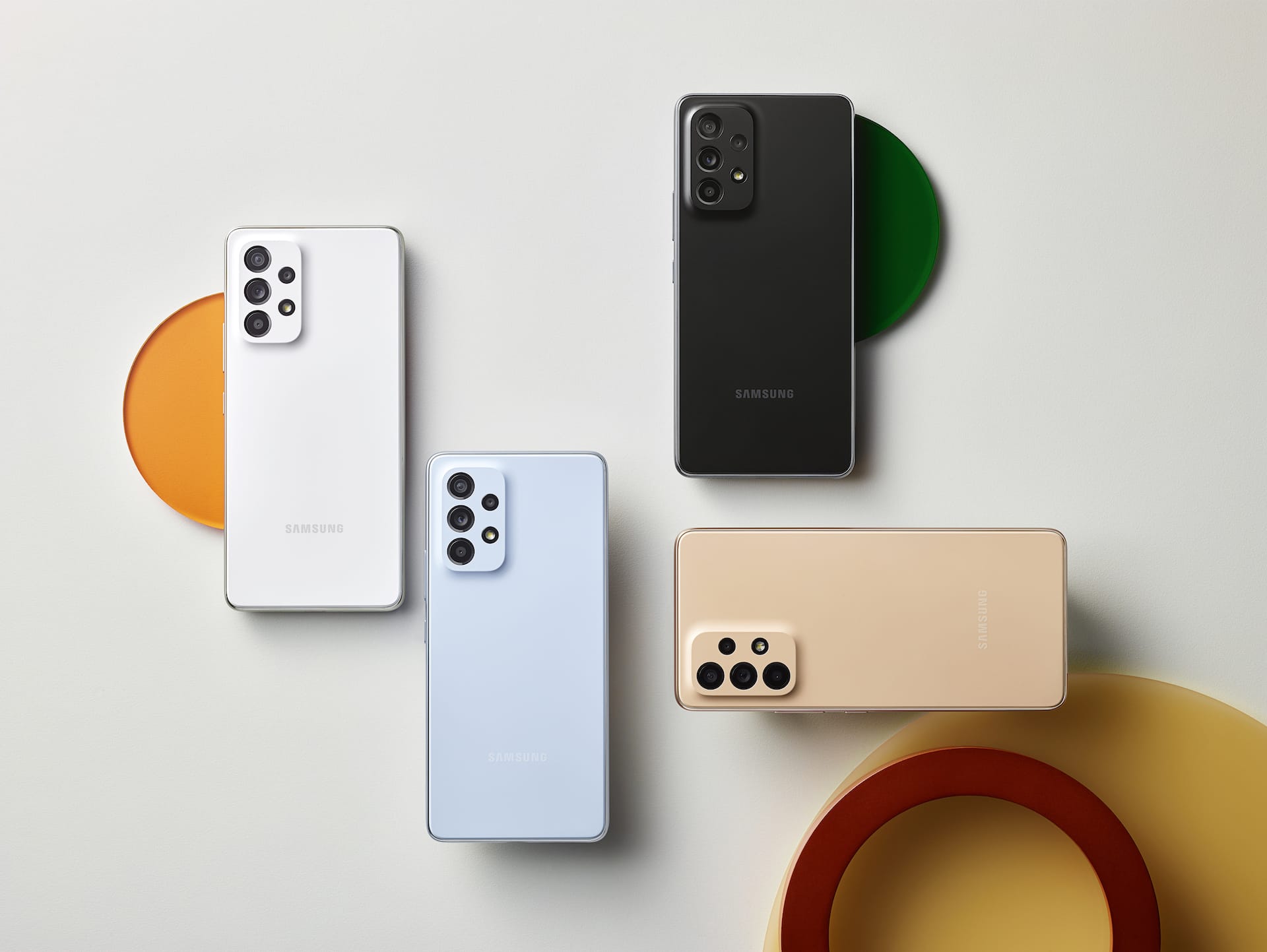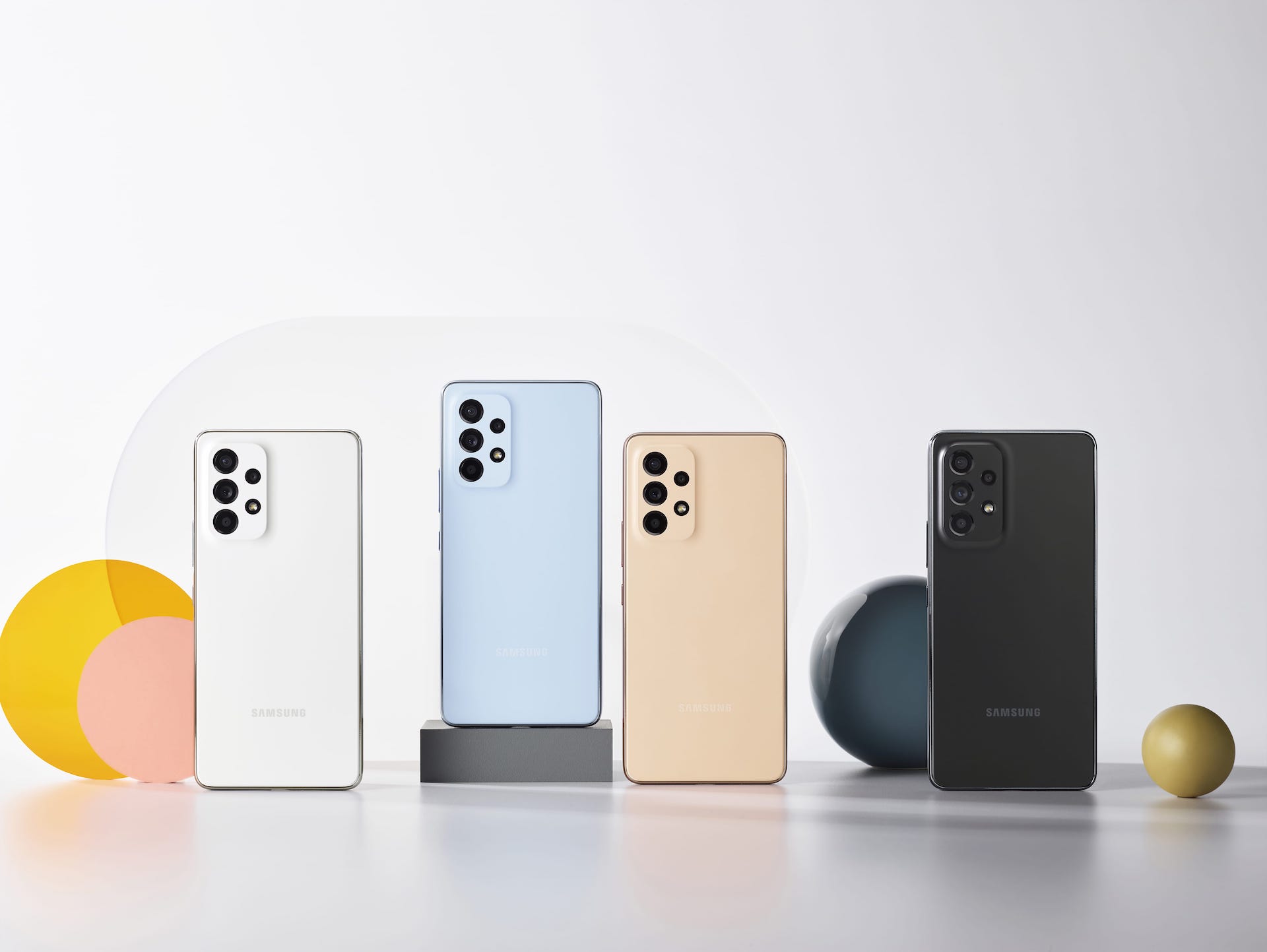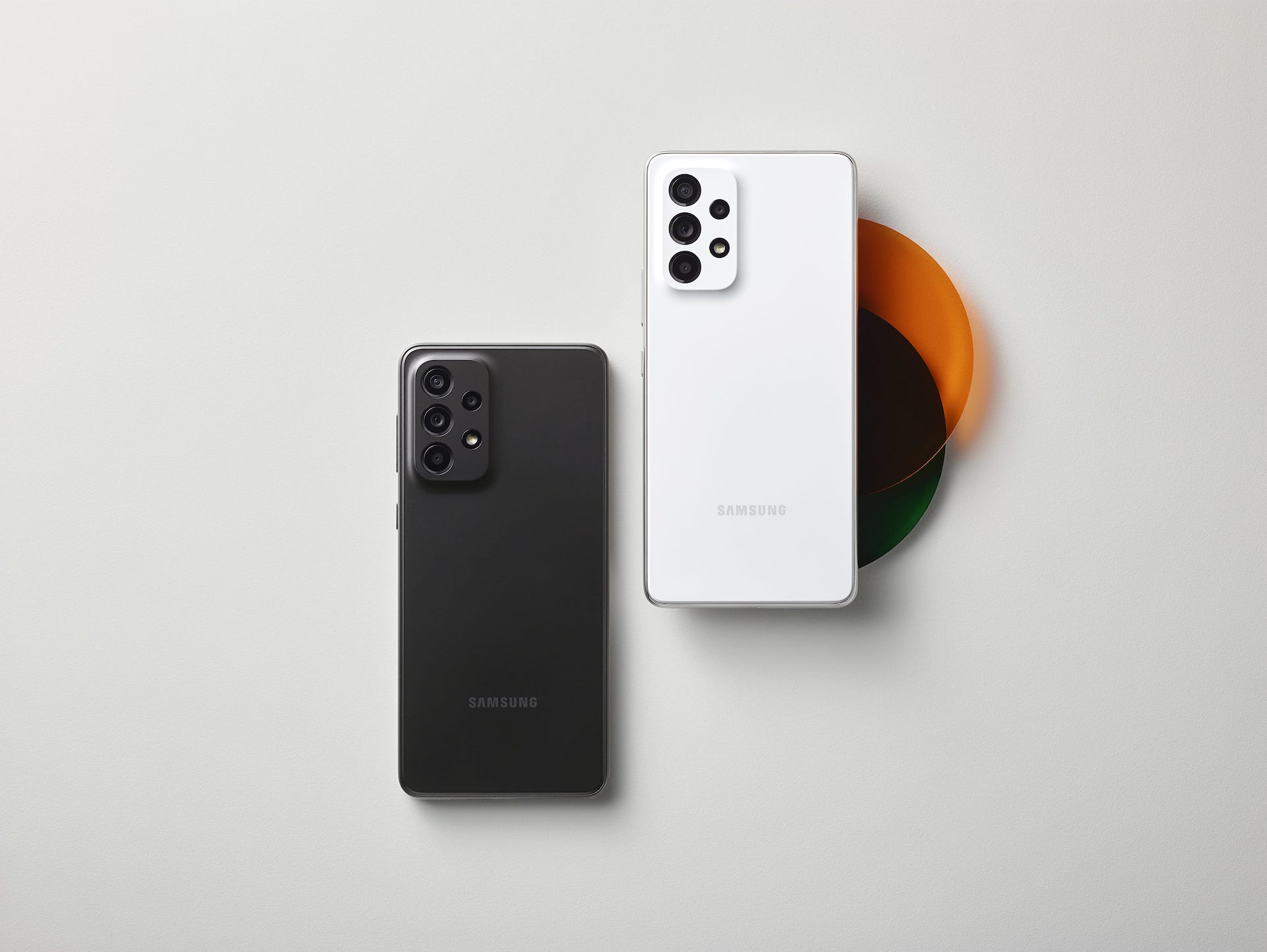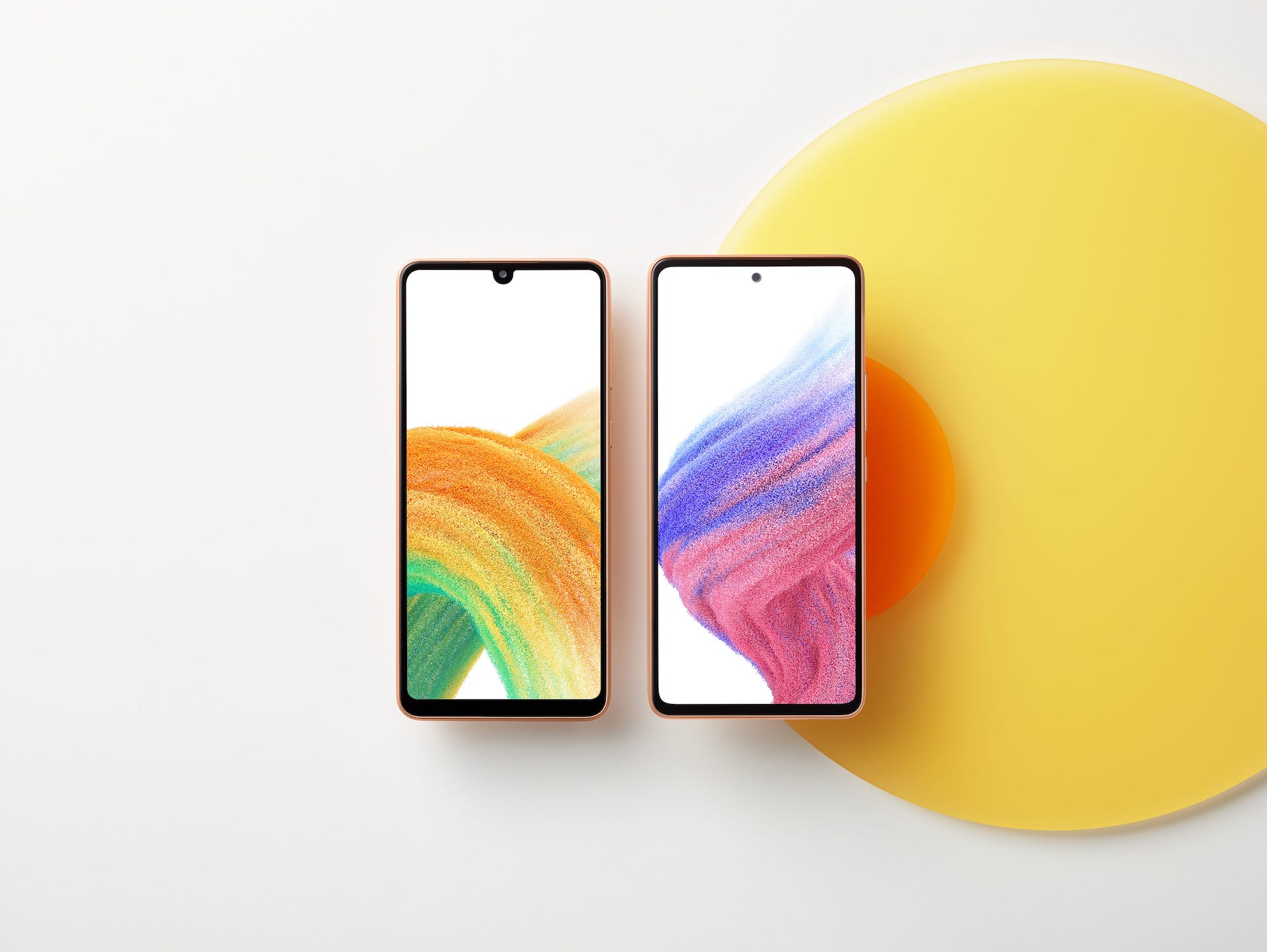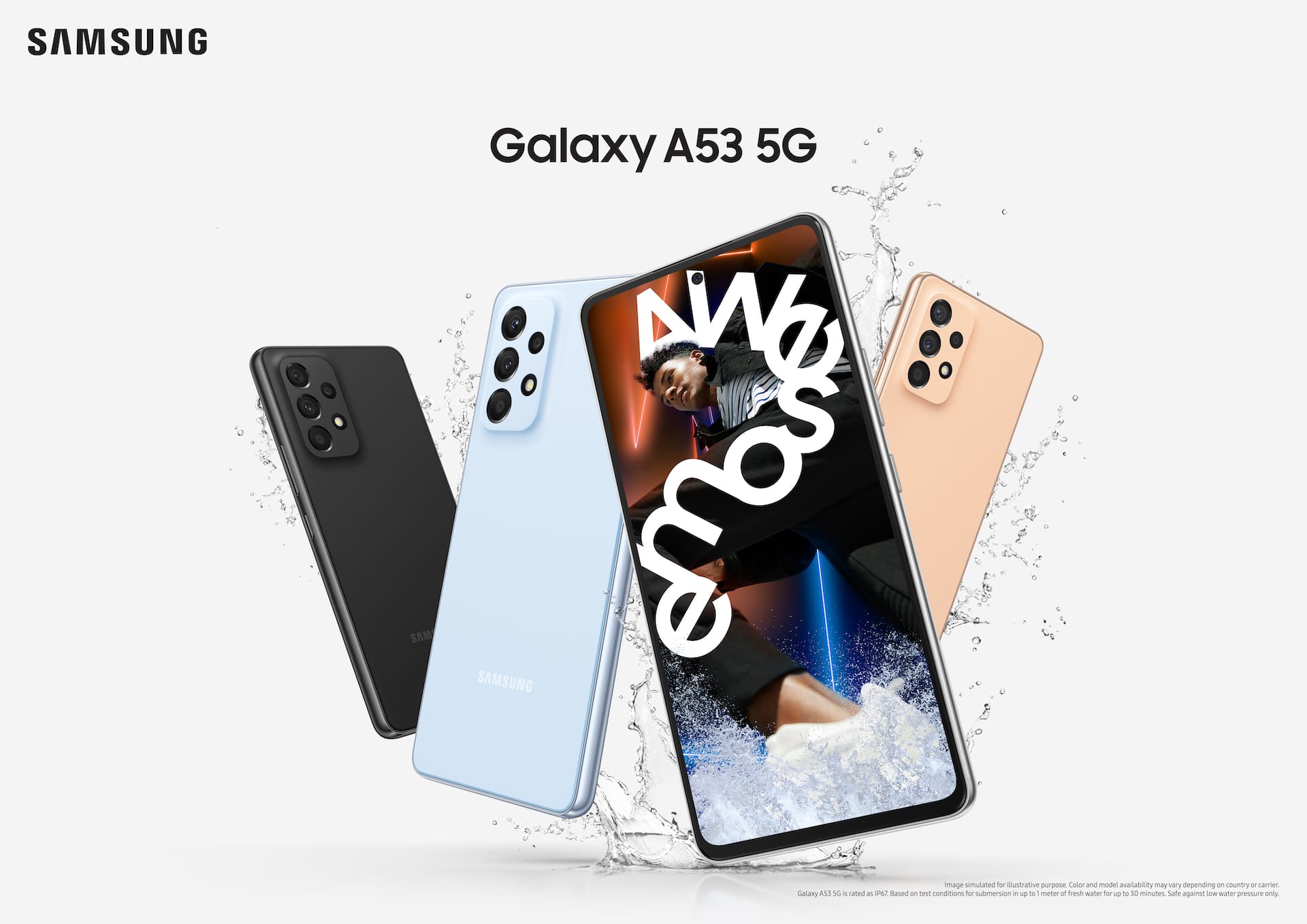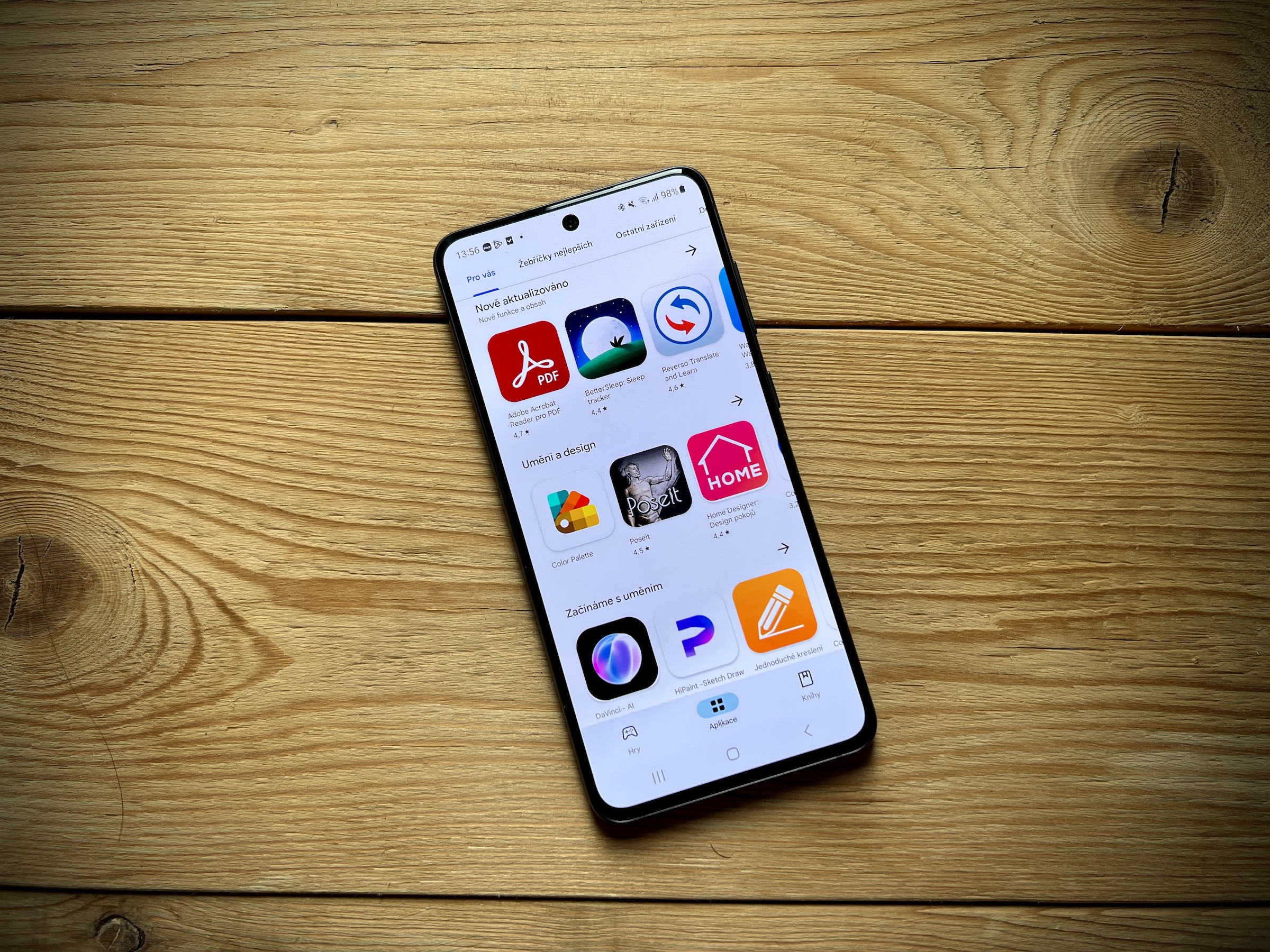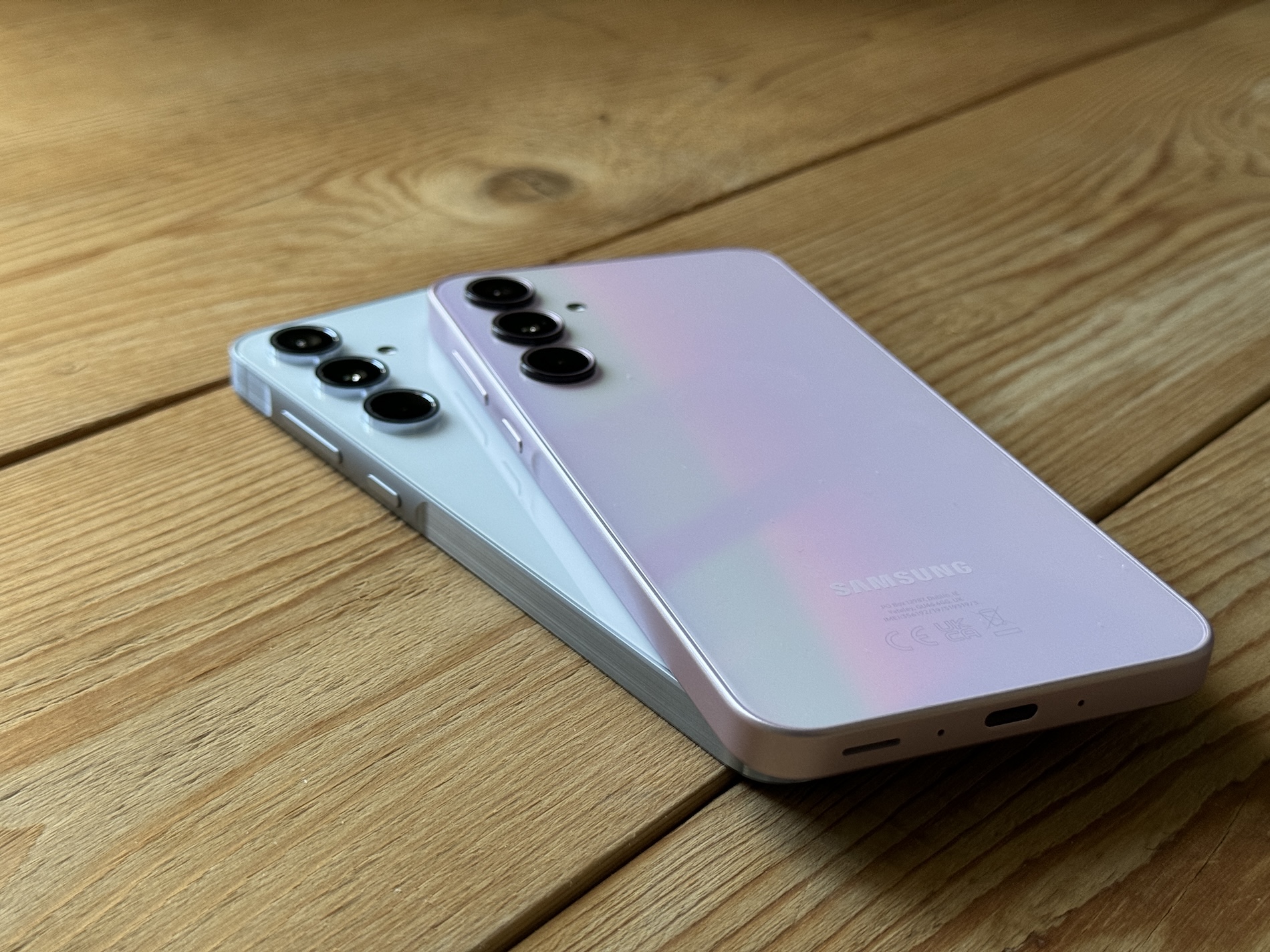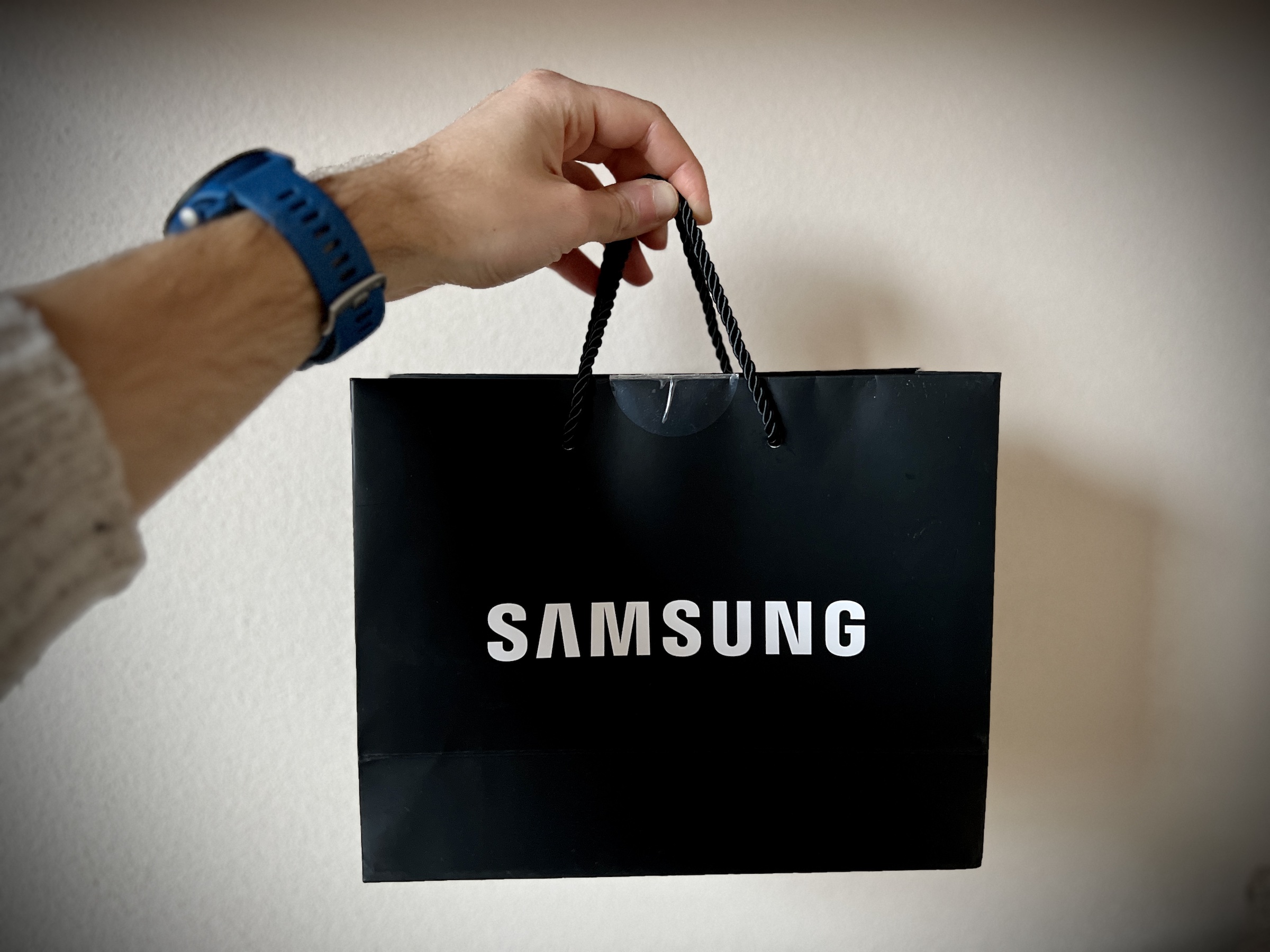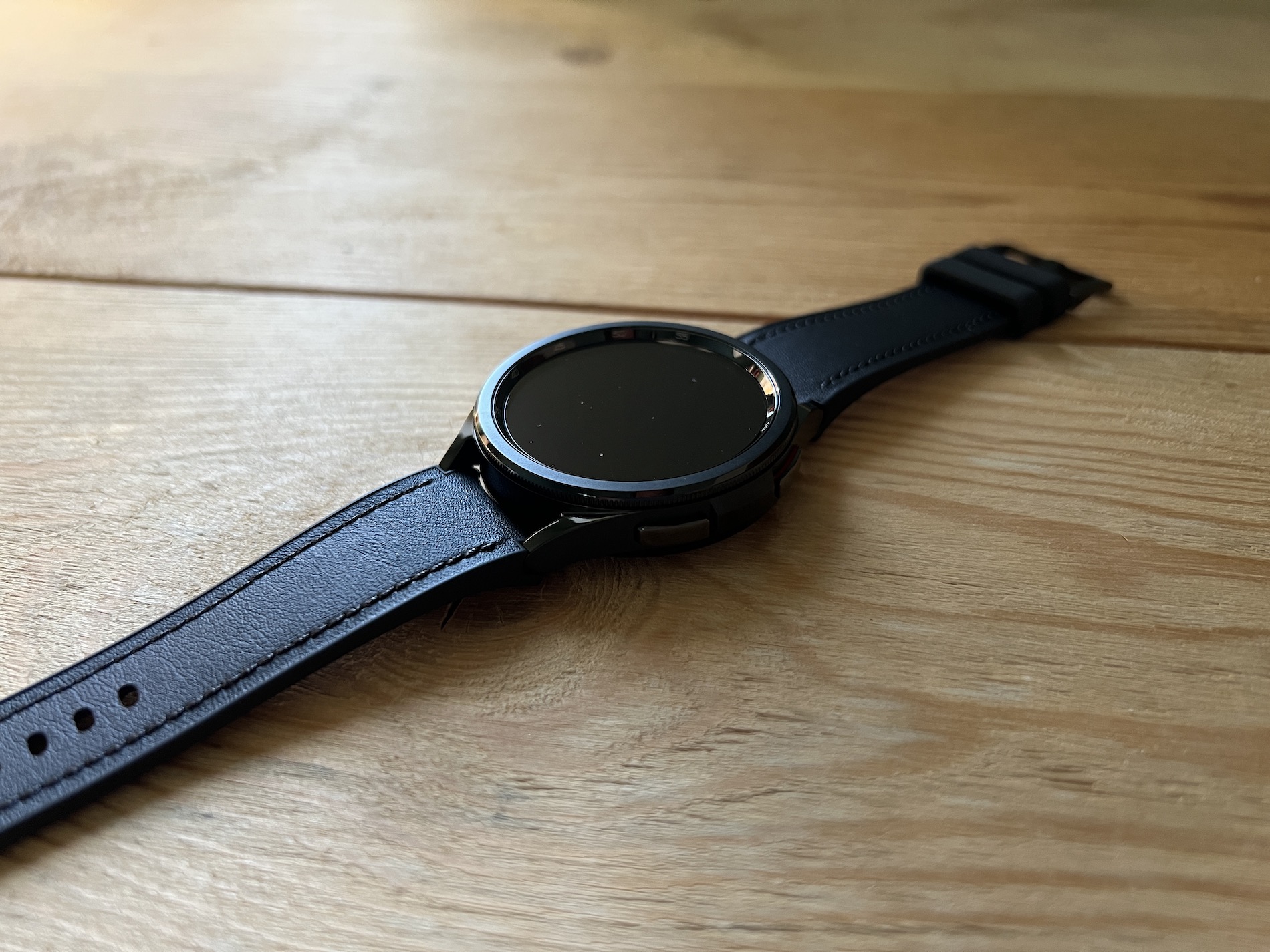For several years now, many of the cheaper phones have had the system Android from Samsung equipped with a rear camera with multiple sensors. Most of them usually include a primary wide-angle and ultra-wide-angle sensor, which are complemented by a macro and depth sensor. But we could soon say goodbye to the last mentioned in the lower ranks. And it's good.
The depth sensor does exactly what its name says - it senses the depth of the scene. This allows the device to apply a 'bokeh' effect, or background blur, to photos taken, making the results look like they were taken with a much more capable device. Telephones Galaxy However, Samsung's are usually equipped with either a 2 or 5 MPx sensor, which is now actually limited.
You could be interested in
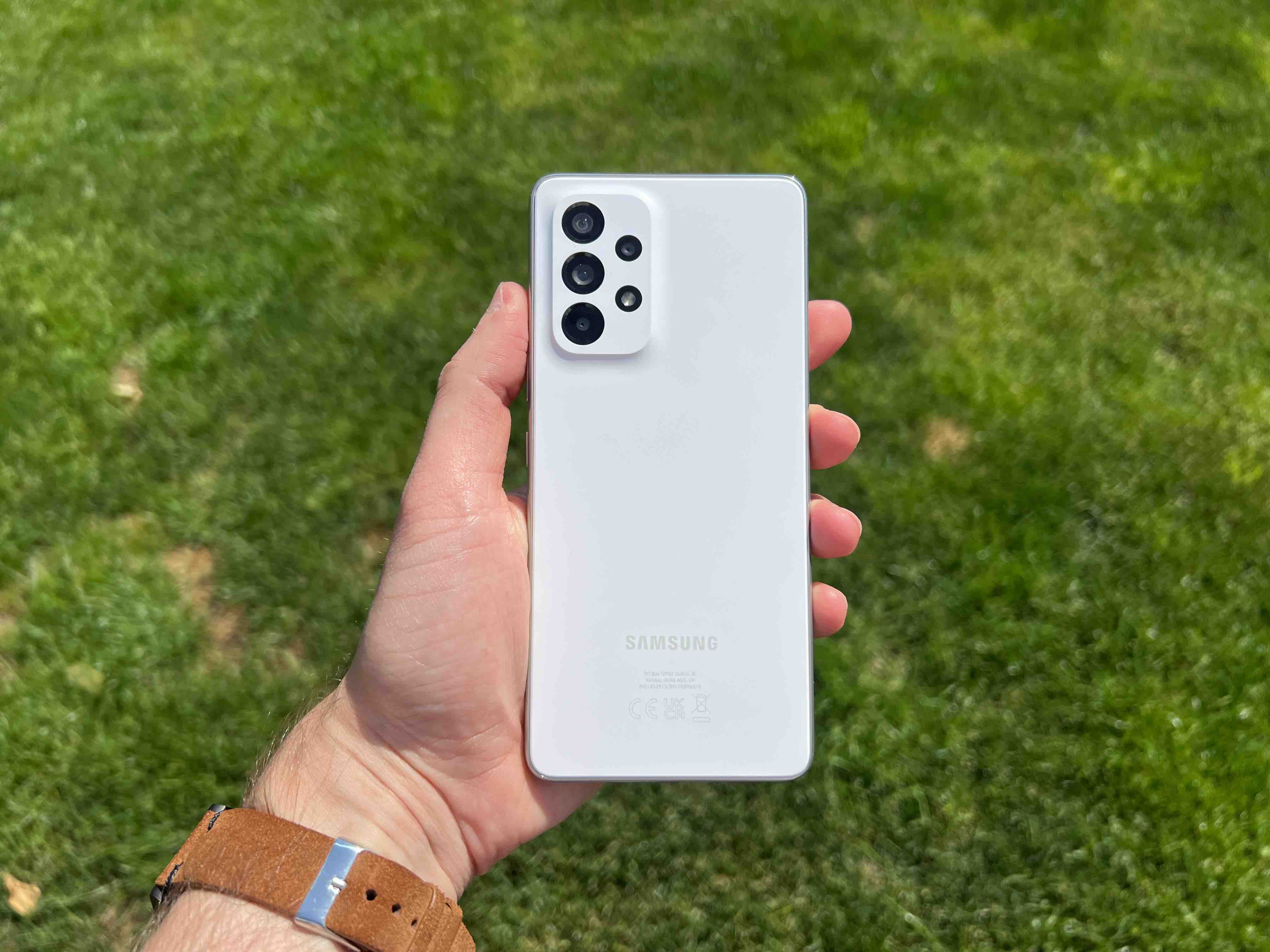
Surviving technology
Rumors surfaced last week that Samsung had decided to drop the depth camera from the lineup Galaxy And already for 2023. If this rumor turns out to be true, the models Galaxy A24, Galaxy A34 a Galaxy The A54 would not be equipped with this depth sensor. At the same time, it is not entirely clear whether the company plans to replace this sensor with another one or cut it downright. We would definitely like to see some possibility of rapprochement here, but there is no sign of that yet.
Depth sensors have already survived. They did allow phones Galaxy offer a background blur effect on photos taken even by low-end phones, but these devices don't actually need a similar sensor to achieve the same results. This is because image processing software has improved significantly over the years. It is now capable of providing excellent background blur in portrait shots without the real need for a dedicated depth sensor.
You could be interested in

Bet on software
Samsung's software has been doing this for years. It was even already in 2018 when the dual front camera of the model proved Galaxy A8 to take photos with an ideal background blur, practically without using any special depth sensor. Even a year before, it allowed e.g. Galaxy Note 8 set the amount of background blur after taking a picture.
After he came up with the portrait effect Apple in its iPhone 7 Plus in 2017, Samsung is always trying to improve this in its solution. Since mid-range phones are now equipped with much more powerful chipsets than a few years ago, and both hardware and software technologies have advanced considerably, it should not be a problem to remove the special sensor and still provide the same pleasing results.
You could be interested in

Money is behind everything
The solution chosen by other manufacturers is to incorporate the depth sensing process into other cameras, such as telephoto lenses or ultra-wide-angle lenses (this is what it does from the very beginning and Apple). But the reason Samsung is removing the depth sensor may not be to replace it with something else. He just needs to keep improving the other sensors, and maybe remove the depth one just to cut costs.
Advice Galaxy And it is among the best-selling phones, with tens of millions of units sold worldwide. With such huge numbers, every dollar saved pays off many times over. In addition, cost reduction has been a major area of focus for Samsung ever since its mobile business was reorganized under the MX division. It also increasingly relies on ODM devices, i.e. Samsung-branded phones manufactured by Chinese partners, achieving better margins especially on entry-level devices. The question is how PR will deal with it. As soon as the new generation loses one camera, advertising will have to make a lot of fuss about why it happened.















